Olive oil tasting is a pleasure shared by those who love to let themselves go and discover precious gastronomic excellences. The olive oil is the fruit of the olive tree, a millenary plant that finds its ideal habitat throughout the Mediterranean basin. The olives reach full ripeness around November and December. Their characteristic color that goes from green to black-violet, when fully ripe marks the beginning of the harvest.
This is the most delicate moment of the olive oil production process as the quality of the oil obtained depends on the treatment given to the fruit. In fact, at the time of harvest it is necessary that the right inolition point, antioxidant content and organoleptic properties have been reached. The harvested olives are placed in crates and then placed in cool and airy environments before being taken to the mill for processing.
Olive oil tasting rediscovers these important passages through the rediscovery of scents, aromas and perception of the intrinsic characteristics through the use of olive oil tasting glasses made for the purpose. Their characteristics have been studied precisely to make the oil tasting precise for a professional evaluation. Our glasses for oil tasting are offered through an online catalog that can be consulted by professionals and non-professionals who want to use perfect oil tasting tools according to standards.
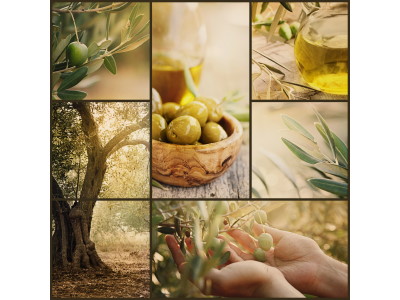
Visual and olfactory analysis tools for tasting
The final judgment that will determine the visual, olfactory and gustatory quality will then depend on a precise and correct tasting of the olive oil. Tasting the olive oil with suitable tools is the first step to reach the goal. The olive oil tasting glasses have particular characteristics compared to common glasses. Let's see briefly how the olive oil tasting glasses should be:
- Cobalt blue color in order not to influence the oil taster who could be distracted by the color of the liquid
- The bottom must be thick and strong enough to rest on the sample heating plate
- it must have the classic shape that tapers upwards to better convey the scents.
Our olive oil tasting glasses are made of blown glass and borosilicate glass according to the directives of the IOC (International Olive Council), the only international organization dedicated to olive oil and table olives.
Olive oil tasting: visual analysis
The color of the liquid during the tasting of the olive oil is not decisive on its goodness. The visual analysis serves to highlight some components that could tell about problems during the processing phase for obtaining olive oil. The visual examination, in fact, could reveal filaments, orange or brownish reflections, opacity, suspensions and much more. The presence of these characteristics reveal problems due to oxidation, heating, rancid and sludge which preclude the continuity of tasting. For this purpose, we propose tulip oil olive tasting glasses in transparent glass suitable for the visual analysis of the olive oil.
Olive oil tasting: olfactory analysis
The olfactory analysis of the olive oil develops through some decisive passages for the formulation of a real judgment and responding to the characteristics of the oil examined. To define the organoleptic profile it is necessary:
- Pour about 15 ml of product into the olive oil tasting glass
- Cover with the special watch glass lid
- Welcome the glass in the palm of your hand in order to raise the temperature of the liquid up to 28 ° C
- Slightly tilt the glass in order to allow the volatile substances carrying scents to detach and emerge reaching up to the nose
- Bring the oil tasting glass to the nose for a few seconds to avoid the classic phenomenon of addiction
- Feel the aromas and scents with both nostrils trying to recognize characteristic aromas according to the cultivar used.
Fruity: olfactory sensation of the olive oil
The olfactory sensations are the set of aromas and scents perceived during this phase. In general, fruity sensations are recognizable in the oil that are attributable to the terpenes or the precursors of the aroma. These are aromatic substances present in flowers, plants, essential oils and foods. Therefore, we owe the perception of the fruity scent present in the oil to them. In particular, it is possible to perceive hints of herbs and almonds characteristic of healthy oil and dependent on the cultivar together with the microclimate in which the plants were grown.
Showcase of olive oil: trade fairs and sector events
The sector fairs with tasting rooms are organized throughout the year. Sol & Agrifood, for example, takes place simultaneously with Vinitaly in Verona in Italy in April. Enoliexpo takes place in March in Bari in Italy and is a fair desired by manufacturers of machinery, technologies and services dedicated to oil. The olive oil tasting glasses proposed by us are the ideal tool for these occasions in which the myth of tasting oil with a piece of bread must be dispelled.



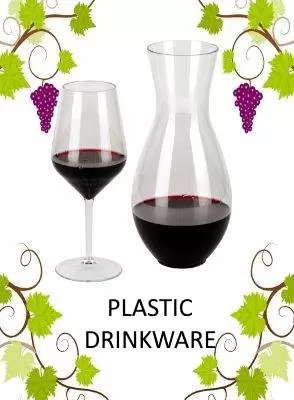








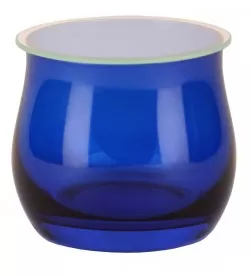










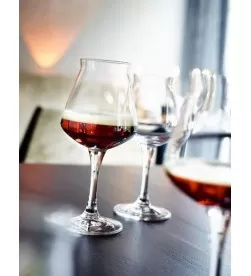









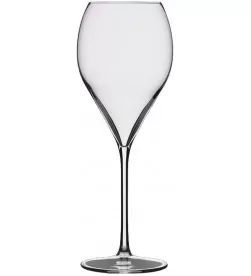

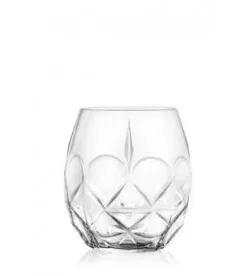










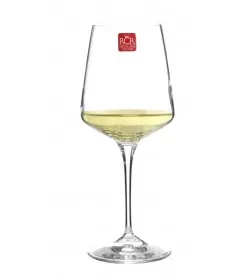






 Tasting
Tasting
 The sommelier's tools
The sommelier's tools
 Tasting events
Tasting events
 Cantine Aperte at Christmas: Wine Tasting
Cantine Aperte at Christmas: Wine Tasting
 Crystal glasses and stemware: that subtle transparency
Crystal glasses and stemware: that subtle transparency
 Back to School: Learning to Taste Wine Properly
Back to School: Learning to Taste Wine Properly
 September: The Month of Harvest and Gastronomic Events
September: The Month of Harvest and Gastronomic Events
 Hard plastic glasses are essential during summer holidays
Hard plastic glasses are essential during summer holidays